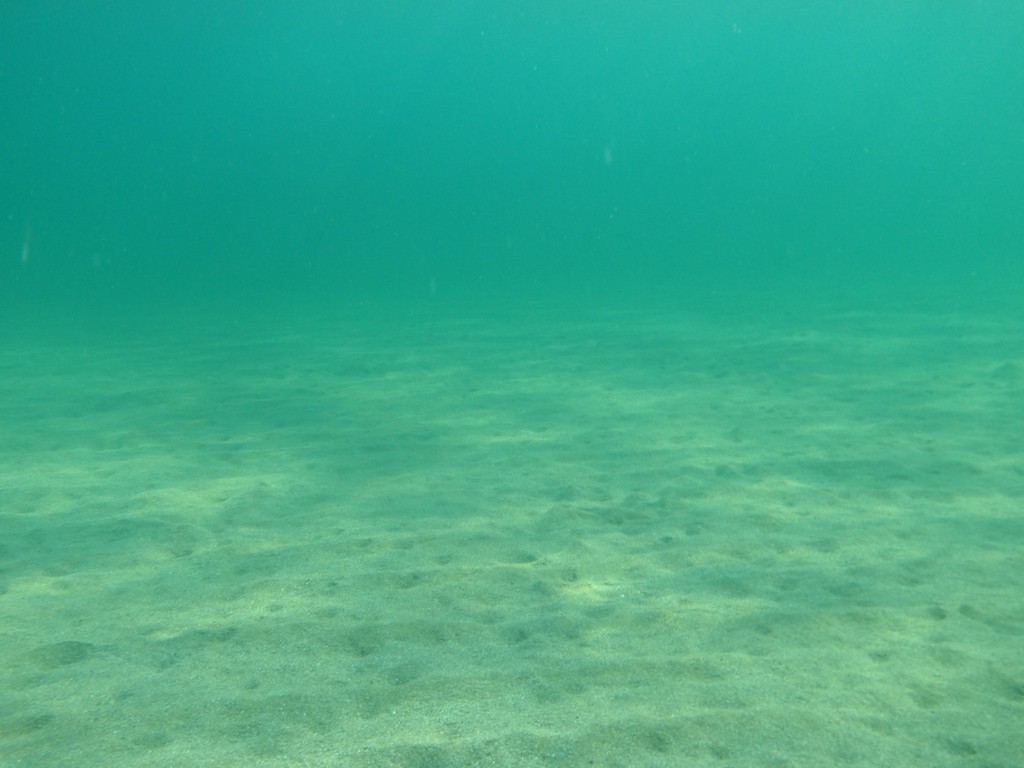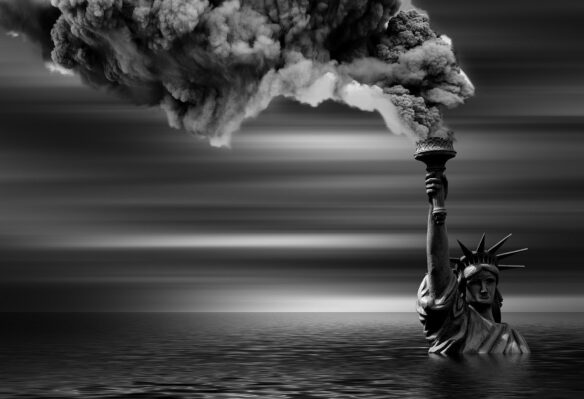Excerpt:
For decades, a graveyard of corroding barrels has littered the seafloor just off the coast of Los Angeles. It was out of sight, out of mind — a not-so-secret secret that haunted the marine environment until a team of researchers came across them with an advanced underwater camera.
Speculation abounded as to what these mysterious barrels might contain. Startling amounts of DDT near the barrels pointed to a little-known history of toxic pollution from what was once the largest DDT manufacturer in the nation, but federal regulators recently determined that the manufacturer had not bothered with barrels. (Its acid waste was poured straight into the ocean instead.)
Now, as part of an unprecedented reckoning with the legacy of ocean dumping in Southern California, scientists have concluded the barrels may actually contain low-level radioactive waste. Records show that from the 1940s through the 1960s, it was not uncommon for local hospitals, labs and other industrial operations to dispose barrels of tritium, carbon-14 and other similar waste at sea.
“This is a classic situation of bad versus worse. It’s bad we have potential low-level radioactive waste just sitting there on the seafloor. It’s worse that we have DDT compounds spread across a wide area of the seafloor at concerning concentrations,” said David Valentine, whose research team at UC Santa Barbara had first discovered the barrels and sparked concerns of what could be inside. “The question we grapple with now is how bad and how much worse.”
This latest revelation from Valentine’s team was published Wednesday in Environmental Science & Technology as part of a broader, highly anticipated study that lays the groundwork for understanding just how much DDT is spread across the seafloor — and how the contamination might still be moving 3,000 feet underwater.
Public concerns have intensified since The Times reported in 2020 that dichlorodiphenyltrichloroethane, banned in 1972 following Rachel Carson’s “Silent Spring,” is still haunting the marine environment in insidious ways. Scientists continue to trace significant amounts of this decades-old “forever chemical” all the way up the marine food chain, and a recent study linked the presence of this once-popular pesticide to an aggressive cancer in California sea lions.
Dozens of ecotoxicologists and marine scientists are now trying to fill key data gaps, and the findings so far have been one plot twist after another. A research team led by UC San Diego’s Scripps Institution of Oceanography just recently set sail to help map and identify as many barrels as possible on the seafloor — only to discover a multitude of discarded military explosives from the World War II era.
And in the process of digging up old records, the U.S. Environmental Protection Agency discovered that from the 1930s to the early 1970s, 13 other areas off the Southern California coast had also been approved for dumping of military explosives, radioactive waste and various refinery byproducts — including 3 million metric tons of petroleum waste…
“It’s extremely overwhelming. … There’s still so much we don’t know,” said John Chesnutt, a Superfund section manager who has been leading the EPA’s technical team on the ocean dumping investigation. “Whether it’s radioactivity or explosives or what have you, there’s potentially a wide range of contaminants out there that aren’t good for the environment and the food web, if they’re really moving through it.”









